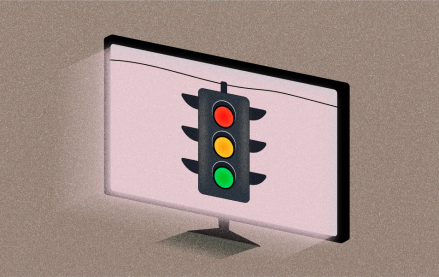
If there was one group you’d think might express skepticism, even hope, that the march to ad exchanged-traded media would slow, it would be ad sellers for digital media companies. They seem mostly resigned to the idea, or even happy that it might free them up to sell more high-priced packages.
Digiday partnered with SellerCrowd, a Q&A site that’s attracted 3,500 sellers from digital media companies across the industry, to poll its users on this question: “Will the amount of inventory going to ad exchanges and networks in 2012: 1. increase; 2. decrease; 3. stay the same.” The results weren’t very close. Out of 161 votes, 73 percent said increase, 16 percent decrease and 11 percent stay the same.
That’s the general feeling across the industry on the buy side, too. The VivaKi Nerve Center, which serves as the hub of its programmatic buying capability, has mushroomed from five people in 2008 to 215 today. It now has ad-exchange buying operations in 10 markets worldwide. Digiday will run a Q&A with VivaKi Nerve Center chief Curt Hecht later today.
More in Media

What publishers are wishing for this holiday season: End AI scraping and determine AI-powered audience value
Publishers want a fair, structured, regulated AI environment and they also want to define what the next decade of audience metrics looks like.

Media giant Essence launches a marketplace for Black women-led brands
Essence has launched WeLoveUs.shop, a new online marketplace dedicated to Black women-led brands.

In Graphic Detail: The state of AI referral traffic in 2025
The stats reveal a new audience pipeline forming outside of traditional search and social platforms.





